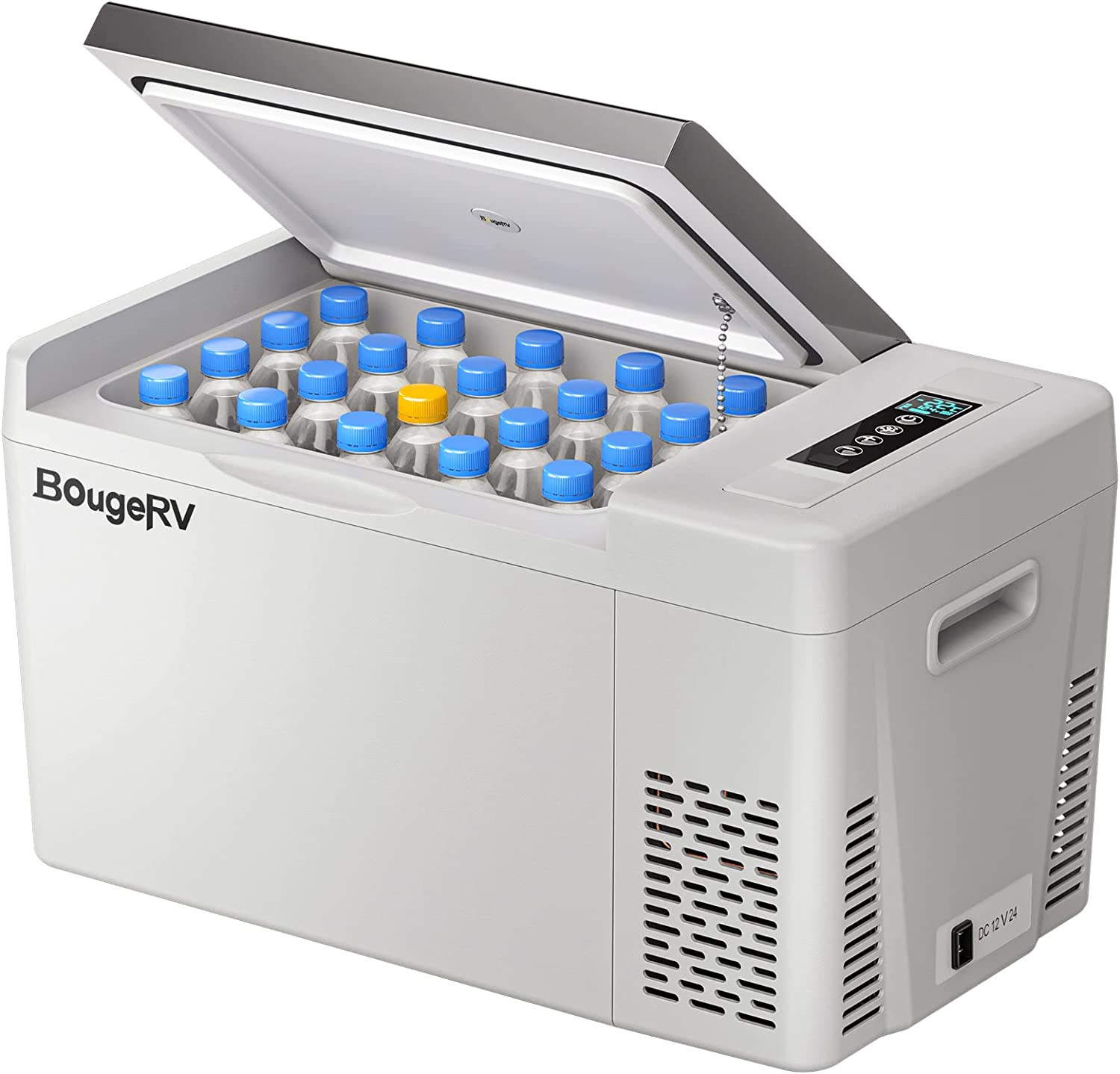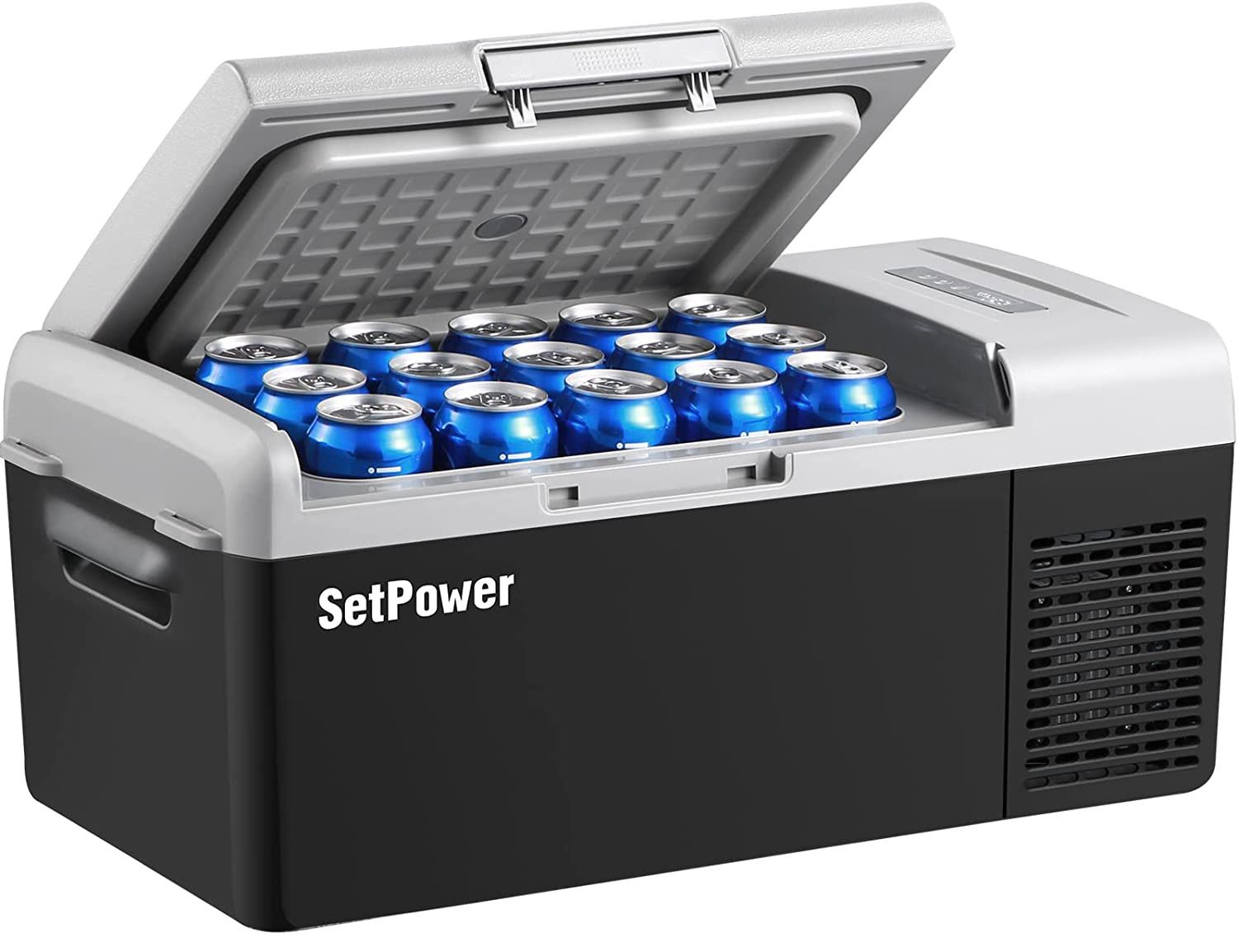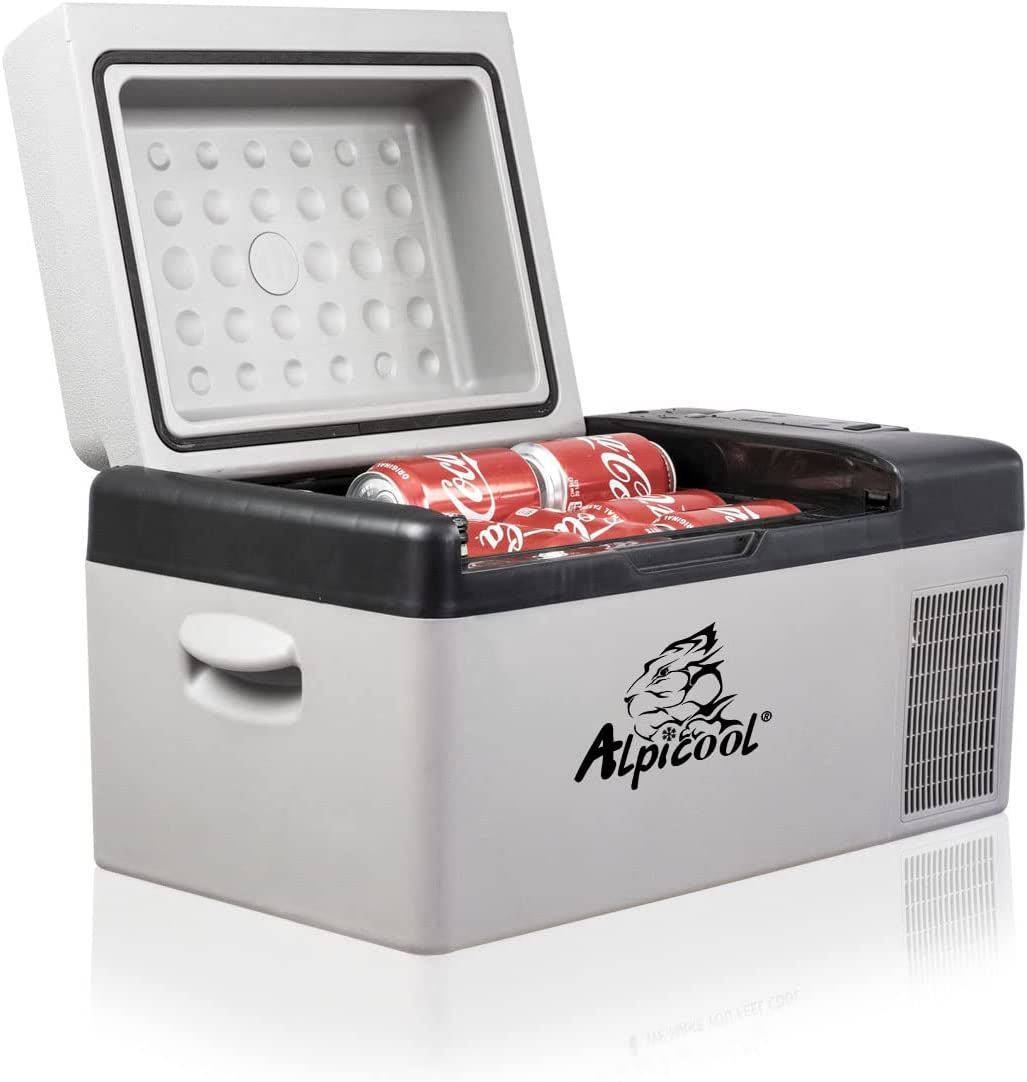[Explained] How Many Watts Does a 12v Refrigerator Use?
![[Explained] How Many Watts Does a 12v Refrigerator Use?](/content/images/size/w1200/2023/07/How-Many-Watts-Does-a-12v-Fridge-Use-.png)
If you live in a vehicle - like me - or just go camping fairly often, a car fridge is one of those must-have items that makes life so much easier!
Being able to store things like milk, eggs, cheese, meats, and other healthy items is a big plus. It’s not only convenient, it also allows you to save money from buying fast food.
But powering these devices can be tricky, and you might be wondering: how many watts does a 12v refrigerator use?
The answer to this question is REALLY important, because it will help you understand the amount of power you’ll be using. And once you know this information, finding the best way to keep your fridge running continuously will be a breeze.
So let’s get to it…
12V Refrigerator Basics
What Is a 12V Refrigerator?
A 12V refrigerator is a compact, portable cooling device designed to operate on a 12-volt power source.
These types of fridges are perfect for those who need a portable solution for keeping food and beverages cold while on the go, or when you don't have access to traditional power sources.
Ideal for camping trips, long drives, or small living spaces, a 12V refrigerator offers convenience and efficiency.
There are literally hundreds of portable 12v refrigerators to choose from. They come in countless sizes, capacities, prices, and consumption levels.
The majority of 12V fridges use anywhere from 2 to 6 amps while running, and continually cycle on & off to maintain the unit's set temperature.
This means they use considerably less power than a standard home refrigerator. To calculate the power consumption of your 12V fridge, you just need to multiply the amperage by the voltage (12V), which will provide the actual wattage.
Types of 12V Refrigerators
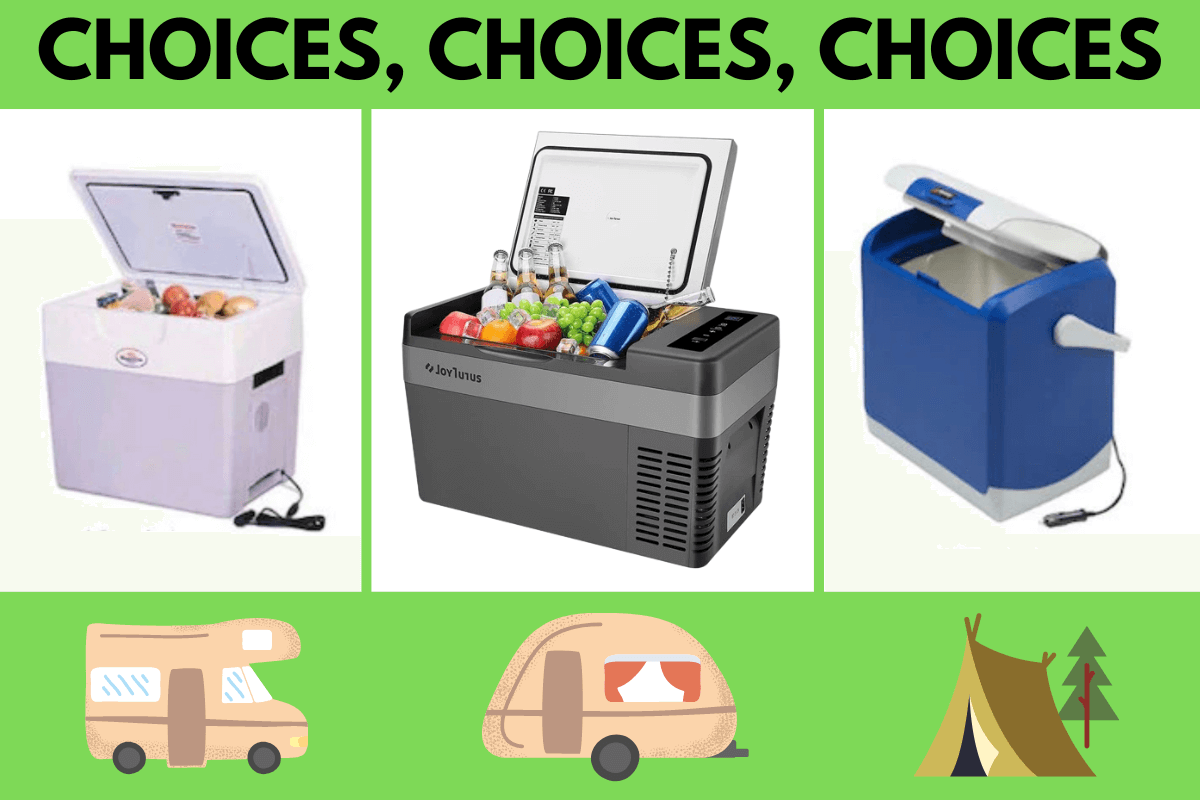
There are several types of 12V refrigerators to fit different needs and preferences:
- Compressor-based 12V refrigerators: These are the most common and reliable types of 12V fridges. They use a compressor similar to those found in household refrigerators, making them efficient and capable of maintaining a consistent temperature. They can also operate as a freezer or refrigerator, allowing you to store a wide variety of perishable items.
- Thermoelectric 12V refrigerators: Also known as Peltier coolers, these fridges use a solid-state cooling method that consumes less power. They are typically less expensive and smaller than compressor-based fridges but may not perform as consistently in maintaining temperatures.
- Absorption 12V refrigerators: These fridges work on a 12 volt absorption cooling system, which uses a heat source to provide a cooling effect. They can be powered by 120V AC, 12V DC, or propane gas. Due to their size and poorer efficiency, they are more frequently seen in RV refrigerators and less frequently found in portable 12V fridges.
- Micro Refrigerators: Some micro refrigerators are made to function on 12V power sources. They are perfect for people who only need to keep a few things cold, including drinks, small food items, or prescriptions, because they have a restricted cooling capability.
When choosing a 12V refrigerator, consider your specific needs, including size, portability, power consumption, cooling capacity, and desired performance levels.
No matter which type you opt for, these refrigerators can be a convenient and practical solution for on-the-go lifestyles or limited living situations.
Power Consumption and Usage

How Many Watts Does a 12V Refrigerator Use?
A 12-volt refrigerator's wattage varies depending on the model, but on average, they consume about 45 to 60 watts of electricity per hour.
The compressor is what's responsible for regulating the refrigerator's temperature, and it generally uses between 2 and 6 amps when running. As an example; a 60 watt 12v fridge uses about 5 amps (12÷60=5).
Understanding Amps, Volts, and Watts
To understand a refrigerator's power consumption, it's essential to know the relationship between amps, volts, and watts. In simple terms:
- Amps (A) represent the flow of electrical current
- Volts (V) measure the electrical force that drives the current
- Watts (W) indicate the rate of energy consumption or generation
The formula for calculating wattage is:
Watts = Amps × Volts
For example, in a 60-watt 12-volt refrigerator, you can estimate that it uses 5 amps of current, because 60 watts divided by 12 volts equals 5 amps.
Energy Consumption Explained
Energy consumption is often expressed in watt-hours (Wh) or kilowatt-hours (kWh). This refers to the total amount of energy used over time. An average 12V fridge (1.6 to 2.5 cubic feet) consumes around 15 to 20 Wh of energy per hour.
To calculate the energy consumption of a refrigerator, you can use the following formula:
Energy Consumption (Wh) = Watts × Hours of Operation
Factors Affecting Power Consumption
There are several factors that can influence how much power a 12V refrigerator is consuming:
- The compressor's efficiency: Some compressors require less energy to perform the same cooling tasks, resulting in lower power usage.
- Inner temperature: The lower the desired temperature inside the refrigerator, the more energy the refrigerator consumes to maintain it.
- Ambient temperature: A higher external temperature causes the refrigerator to work harder to maintain the desired internal temperature, leading to increased energy consumption.
- Door usage: Regularly opening and closing the refrigerator door lets in warm air, forcing the compressor to run more frequently to maintain the inner temperature.
By better understanding these factors, you will be able to recognize times when your fridge is behaving differently, or perhaps why the set temperature seems to fluctuate.
12v Refrigerator Energy Efficiency
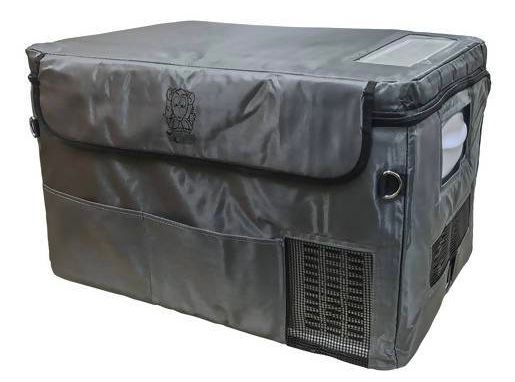
Ways to Reduce Power Consumption
There are several ways to reduce your refrigerator's power consumption:
- Adjust the temperature settings. Keep the fridge between 35-38°F and the freezer between 0-5°F.
- Ensure adequate air circulation around the appliance. Leave a gap of at least 1-2 inches between the fridge's vents and nearby objects.
- Condenser coils should be regularly cleaned to avoid dirt accumulation, which might lower efficiency.
- Refrain from overfilling the refrigerator because this might impede ventilation and increase energy use.
- Reduce the amount of times you open the door, and while it is in use, close it promptly.
- Periodically check the rubber seal/gasket on the lid of the refrigerator. These wear out over time and need to be replaced. A worn out seal allows cold air to escape from the unit, which wastes energy.
- Keep your refrigerator shaded, if possible. Or try putting a blanket or cover on it. This will help keep it out of direct sunlight, which warms the unit up and requires more power draw.
- If you have a device that can be used as a refrigerator or freezer, keep in mind that running it in freezer mode will consume a lot more power, as it needs to maintain a colder temperature. Try using it only as a refrigerator to save power.
Battery and Solar Power Options
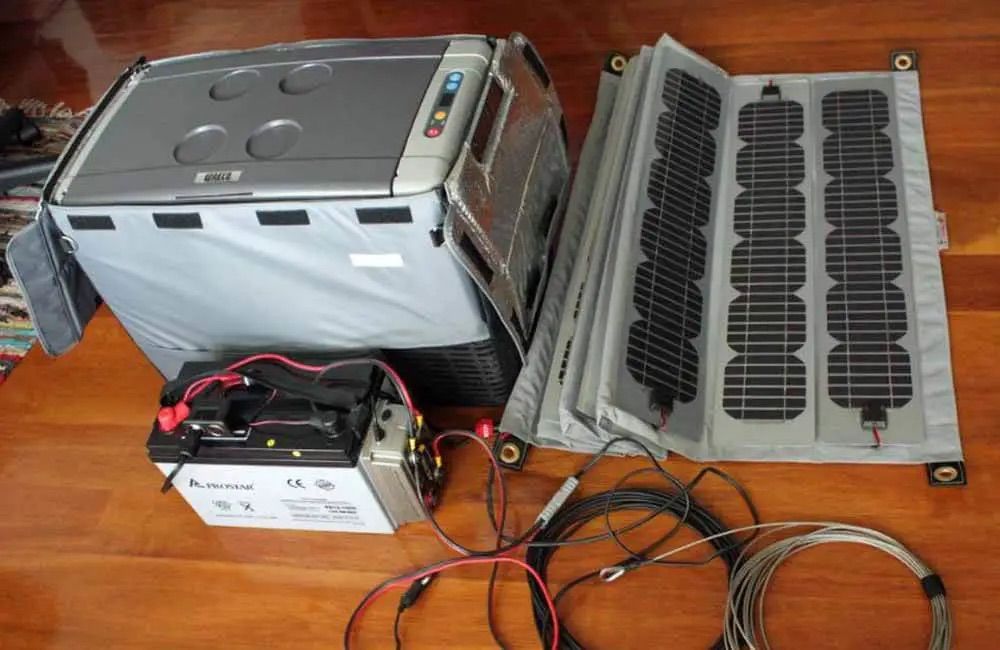
There are basically 3 ways that you can power a 12v fridge: using a 12v starter battery, using solar panels that are connected to a portable power station, or with a portable power station alone.
While using a 12v starter battery to power a fridge is pretty common, this method can be somewhat technical and dangerous if not tackled properly.
Considerations for Running Off Battery
When choosing a battery for your 12V refrigerator, it's important to consider its capacity.
The battery capacity determines how long your fridge can run without recharging.
You must know the refrigerator's power consumption (in watts) and duty cycle (the proportion of time it is running) in order to determine the necessary capacity.
For instance, your refrigerator will need about 12 watts for an hour if it uses 24 watts per hour and operates at 50% duty cycle. To calculate the battery capacity, multiply this by the needed operating hours.
Here are a few battery types to consider:
- Lead-acid battery: These are dependable and affordable options, but they need upkeep on a regular basis.
- AGM (Absorbent Glass Mat) battery: A more modern choice with low maintenance but a higher price point.
- Lithium-Ion battery: A lightweight and long-lasting battery but relatively expensive.
Solar Panel and Power Station Setup
If you choose not to run your fridge with a battery, the next option is powering it with solar panels and a power station.
How it works: You can affix solar panels to the roof of your vehicle, and they will be connected to a portable power station. Then, the power station is connected to your fridge.
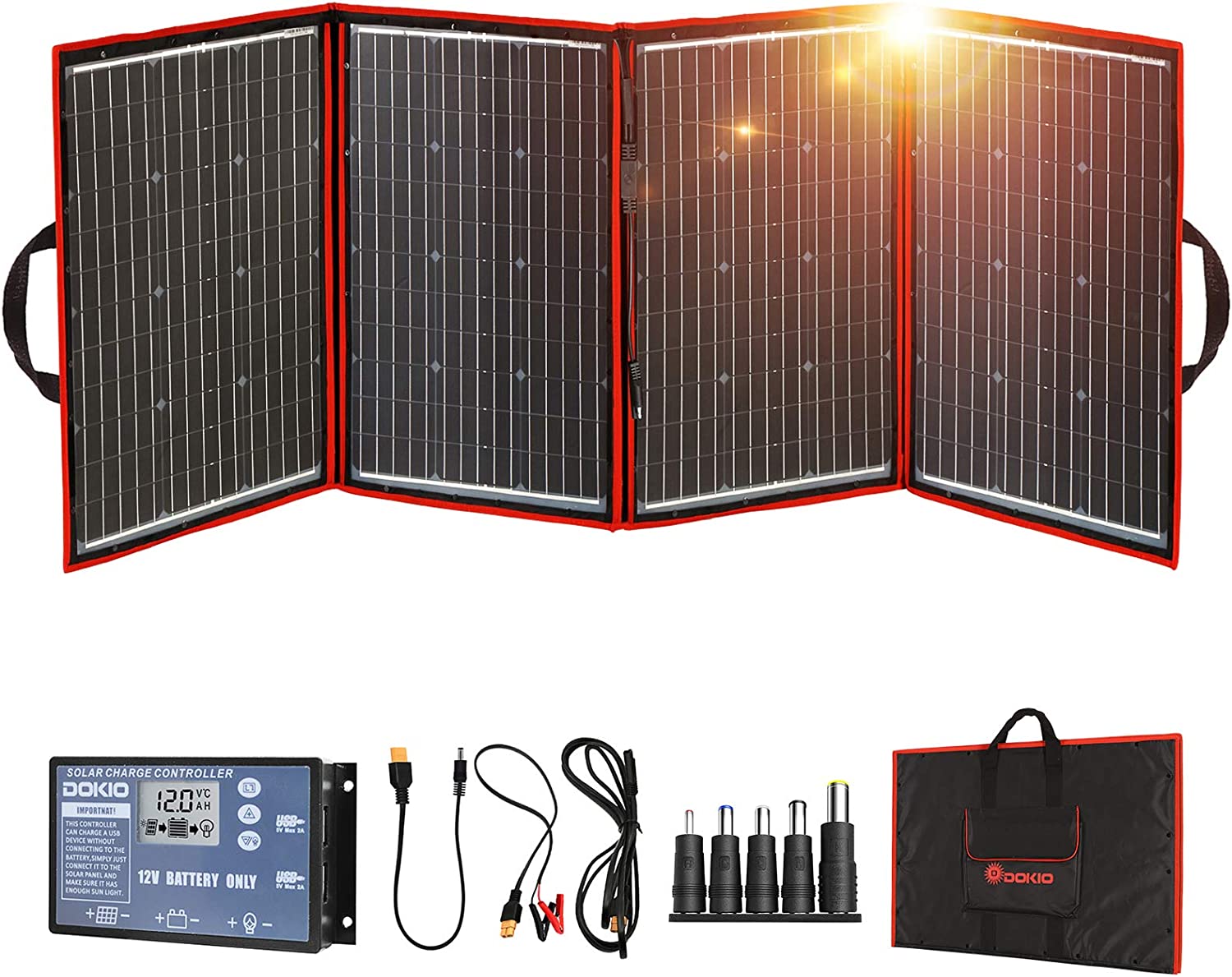
DOKIO 220w 18v Portable Foldable Solar Panel Kit with Solar Charger Controller (29x21inch, 11.7lb)
Utilizing solar and a power station will provide you with unlimited energy to run your refrigerator, provided that the sun is out and it's not cloudy.
How much solar you will need depends on the fridge's power consumption. For example, a 50-watt solar panel can produce up to 250 watts with 5 hours of sunlight exposure, which is enough to run a 12V fridge that draws 2 amps per hour.
When setting up solar panels, consider:
- Panel size: Ensure the solar panel output matches the refrigerator's power needs.
- Mounting orientation: Position the panel facing the sun to optimize energy production.
- Location: Place the panel where it's exposed to sunlight for the longest time possible.
- Quality: While price isn't always indicative of quality, when it comes to solar, you definitely get what you pay for. Avoid dirt cheap panels like the plague.
Portable Power Stations
Most full-time nomads and car campers use portable power stations to power their fridges.
These devices serve as a single energy source and often include a battery, an inverter, and a charger all contained within the unit.
They may be charged with solar panels, a wall outlet, or via the 12v cigarette port in your vehicle, and are one of the most popular ways to run 12V refrigerators.
When choosing a portable power station, follow this advice...
- Make sure it has the capacity to supply your refrigerator with the necessary amount of power, for the duration you need.
- Choose a device that is lightweight, portable, and simple to store when not in use.
- Search for a power station that has a variety of charging options, such as solar panels, wall outlets, and 12v options.
- Opt for a LiFePO4 power station. These not only last MUCH longer (thousands of discharge cycles), but they are also safer in terms of fire hazards.
- Get a unit that offers pass-through charging. This will allow you to charge your devices while the power station itself is being charged.
All of the following power stations are top-rated, and are among the most used by nomads...
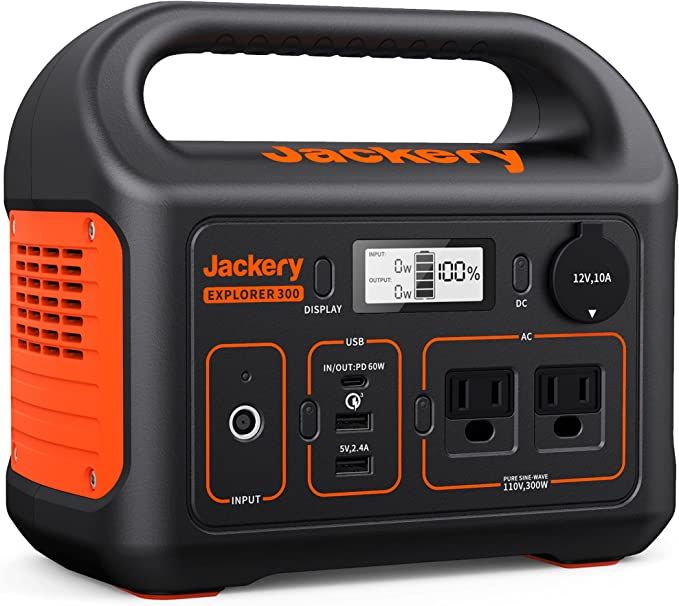
Jackery Explorer 300 Portable Power Station, 293Wh Lithium Battery, 110V/300W Pure Sine Wave
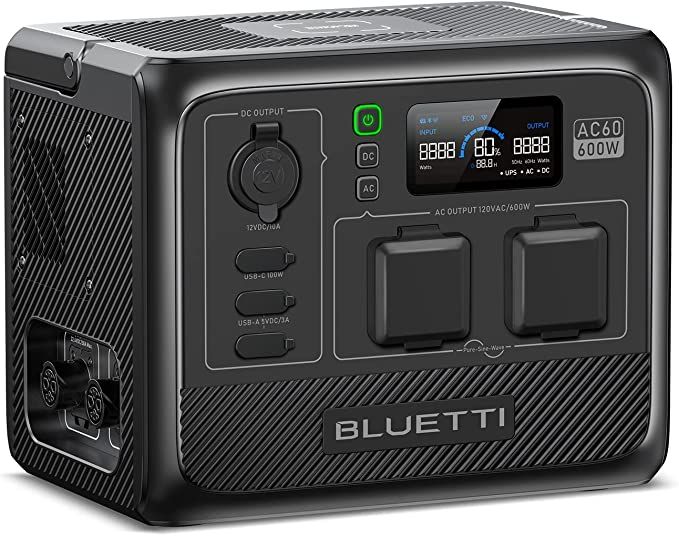
BLUETTI AC60 Portable Power Station, 403Wh LiFePO4 w/ 2 600W (1200W Surge) AC Outlets, 1 Hour Fast Charge [Dustproof and Waterproof]
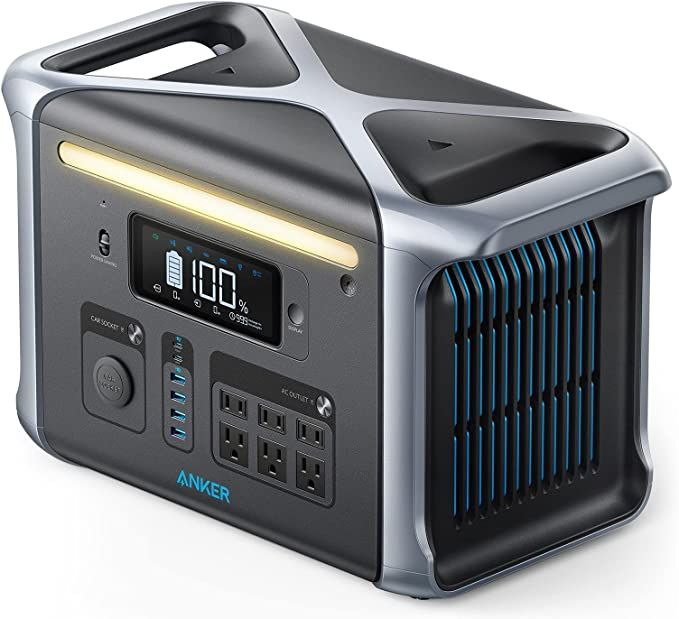
Anker PowerHouse 757 Portable Power Station, 1500W/1229Wh Battery, Can Charge Via Solar, 12v or Outlet [Fast Recharge to 80% in One Hour]
You'll be more prepared to power your 12v refrigerator if you fully grasp battery capacity, solar panel compatibility, and portable power sources. Figure all of this out before buying a power station.
Selecting and Maintaining a 12V Refrigerator
Factors to Consider When Choosing a Refrigerator
When selecting a 12V refrigerator, it's important to consider the ambient temperature and insulation of your chosen surroundings.
While camping or using your refrigerator in an outdoor setting, a well-insulated fridge will maintain consistent temperatures better.
For maximum efficiency, choose a unit with adjustable eco modes, which can help minimize electricity usage.
Also, investigate the refrigerator wattage, which typically varies between 40 and 70 watts. The EnergyGuide label on your chosen refrigerator will help you understand the energy consumption and other specifications in detail.
Popular Brands and Suggestions
There are enough 12v fridges on the market to make your head spin!
While Dometic and ICECO are the most well-known brands, in my opinion, these fridges are WAY too expensive. Yes, they're well-made, fancy, and have all the bells and whistles, however...
You can easily buy a similar quality unit for half the price.
I myself use a fridge I bought at Walmart for only $99, and it works great. Sadly, they are no longer available, but here are my suggestions for units that many of my friends and peers use. None of these will let you down...
Maintenance and Troubleshooting Tips
To ensure the longevity of your 12V refrigerator, follow these maintenance and troubleshooting tips:
- The interior and external surfaces of the refrigerator should be routinely cleaned with a moist cloth to prevent dirt buildup and to maintain high standards of hygiene.
- Examine the seals: In order to maintain optimum insulation, inspect the door seals for signs of wear and replace them as necessary.
- Watch the temperature settings: To prevent extreme temperature swings, keep an eye on the thermostat on your refrigerator.
- Maintain sufficient ventilation: To assist reduce excessive power usage, make sure your refrigerator has enough room around it for proper air movement.
- Troubleshoot frequent problems: For answers, go to the user manual and internet resources if you run into problems with your refrigerator.
By considering these factors, choosing wisely, and maintaining your 12V refrigerator, you can enjoy a reliable and efficient appliance for your outdoor activities or off-grid living.
Final Thoughts
Whether you just need a camping fridge to keep your food cold for a few days of adventure, or a permanent solution because you live in a vehicle, you now have all the information to help run your fridge for as long as you'd like.
By understanding the basic facts about how much battery capacity is needed, 12v starter batteries, run times, etc., you've learned an accurate way to go about storing food when away from home, and pointers to help keep the refrigerator in tip top shape.
Because you know the power that a smaller refrigerator has - and what's needed to run one - the next (and final) step is purchasing a unit!
The fridges I recommended in this article are not only very popular with car campers, but they're also quality devices that will last for a good while with proper care.
If you have any thoughts about this topic, feel free to leave a response. And when you buy a refrigerator send me a photo, as I'd love to check it out and congratulate you.
LIVE WISELY, LIVE WELL!


